Visitors to the Republic of Costa Rica will find that despite its small size, the country has an incredible number of attractions and activities to offer. Five per cent of the world’s biodiversity can be found within Costa Rica’s borders and great efforts have been made to preserve this rich resource; protected national parks make up almost 25% of the land – more than any other country in the world. From fishing and surfing to white water rafting and exploring volcanic regions, Costa Rica is the perfect playground for nature lovers and adventures seekers alike.
San Jose, affectionately known to its residents as 'Chepe', lies in the heart of Costa Rica and is home to almost two-thirds of the country’s population. With few buildings over 100 years old, the mountainous capital is relatively modern compared to its Latin American counterparts, but still has a significant amount of culture, art and history for visitors to discover. With a number of theatres full of Costa Rican culture, museums that include the largest collection of American jade in the world, and streets full of bright murals and painted buses, San Jose is an eclectic city waiting to be experienced.
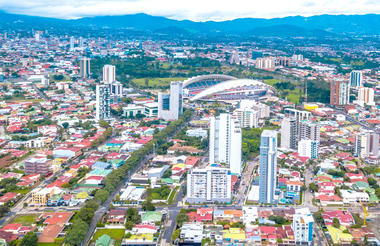
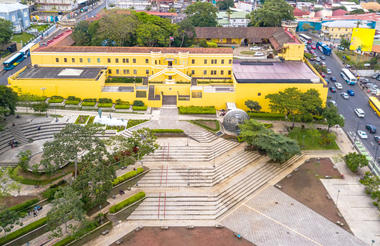

Pacuare Nature Reserve is located between Tortuguero and Limon, on the Caribbean Coast of Costa Rica. Surrounded by canals and the sea, the reserve is only accessible by boat. The reserve and the surrounding canals are rich in wildlife with over 300 recorded species of animals, including 3 species of monkeys, over 200 species of birds, and rarer species such as jaguar and ocelot. The rare and beautiful agami heron nests in a small lagoon within the reserve.
The main trail runs the length of the reserve, through the forest behind the beach. Other shorter trails lead to areas of special interest, making the observation of an incredible array of flora and fauna species easy and enjoyable. Visitors can look forward to activities such as day/night guided walks along the forest paths and boat trips on the canal to see wading birds, crocodiles and caimans.



The Pacuare River meanders down the Atlantic slope of the Talamanca mountain range, through the dense rainforest of the Pacuare Protected Zone, until it finally reaches the Caribbean Sea on Costa Rica's central coast. Although the river is primarily known for its challenging rapids and its excellent white water rafting opportunities, it also features some remarkable scenery characterised by lush primordial rainforest, lowland tropical forest, and dramatic towering waterfalls. This pristine natural terrain along the banks of the river provides a haven for a wide variety of wildlife including river otters, jaguars, ocelots, howler monkeys, capuchin monkeys, sloths, iguanas, coatis, and raccoons - among many more. Birders will delight in the colorful avian life. Day trips combine rafting adventures with the exploration of waterfalls, hiking trails, and natural springs along the way.



Situated in the Costa Rican Cartago Province, the small city of Turrialba is home to flourishing agriculture, textile, and tourism industries. Renowned for its amazing white water rafting, visitors can enjoy thrilling excursions down the Pacuare and Reventazon Rivers. This city serves as the gateway to the Costa Rican Caribbean and has been declared as a city of National Archeological Interest. Visitors can explore the largely undiscovered Turrialba Volcano National Park, home of the active Turrialba Volcano; discover Costa Rica’s only pre-Columbian ruins at Guayabo, and sample some delicious locally-made Turrialba cheese.

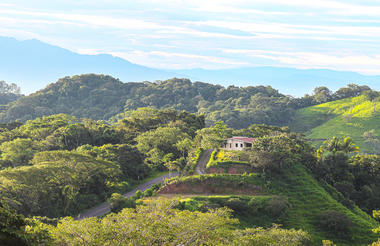
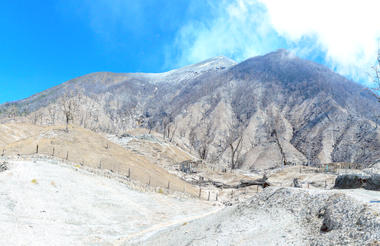
Located southeast of San Jose, Cartago is a Costa Rican city set in the foothills of the Irazu Volcano in the Central Valley of Cartago. Cartago is one of the oldest towns in the country and once served as the capital of Costa Rica. It is home to the enthralling Negrita, the Black Madonna shrine at Our Lady of the Angels Basilica, and the atmospheric Apostol Parish Ruins, which form a lovely central park. For families and nature lovers alike, the beautiful Lankester Botanical Garden, which displays over 1000 spectacular, brightly coloured orchid species, and the flourishing rainforests of Tapantí Macizo de la Muerte National Park, which alongside housing a plethora of wildlife, has great hiking and photography opportunities are well worth visiting.

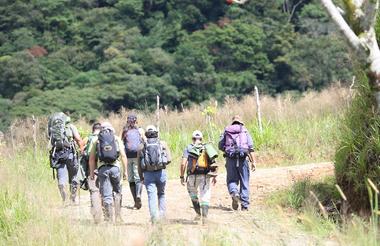
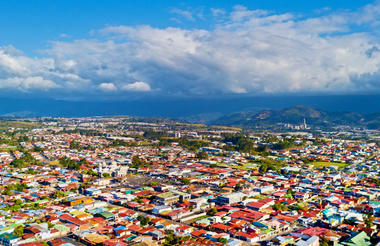
As previously described
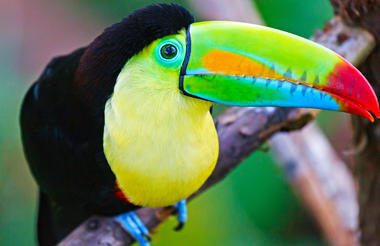
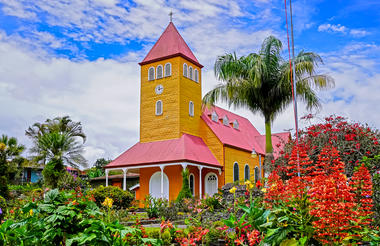
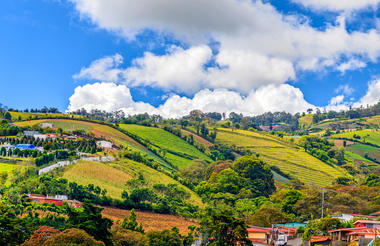
Visitors to the Republic of Costa Rica will find that despite its small size, the country has an incredible number of attractions and activities to offer. Five per cent of the world’s biodiversity can be found within Costa Rica’s borders and great efforts have been made to preserve this rich resource; protected national parks make up almost 25% of the land – more than any other country in the world. From fishing and surfing to white water rafting and exploring volcanic regions, Costa Rica is the perfect playground for nature lovers and adventures seekers alike.

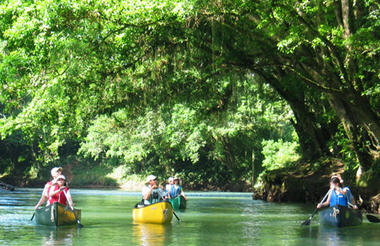
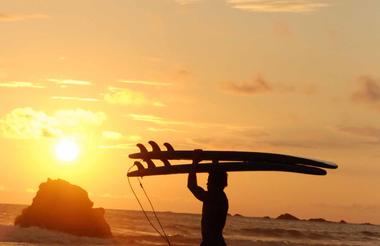
Neighbouring the spectacularly scenic 680-hectare Manuel Antonio National Park and situated along Costa Rica’s Pacific Coast, the bustling beachside village of Manuel Antonio offers a variety of comfortable accommodation options for eco-explorers and adventurers who flock here to explore this beautiful area. The undeniable highlight is the adjacent Manuel Antonio National Park, Costa Rica’s smallest national park, featuring lush biodiverse rainforests, mangroves, lagoons, offshore coral reefs, pristine white-sand beaches and abundant wildlife, including over 100 mammal species and almost 200 bird species. Visitors can enjoy a variety of exciting activities including fishing, swimming, snorkelling, wildlife viewing, bird watching, hiking and relaxing on tropical beaches.




